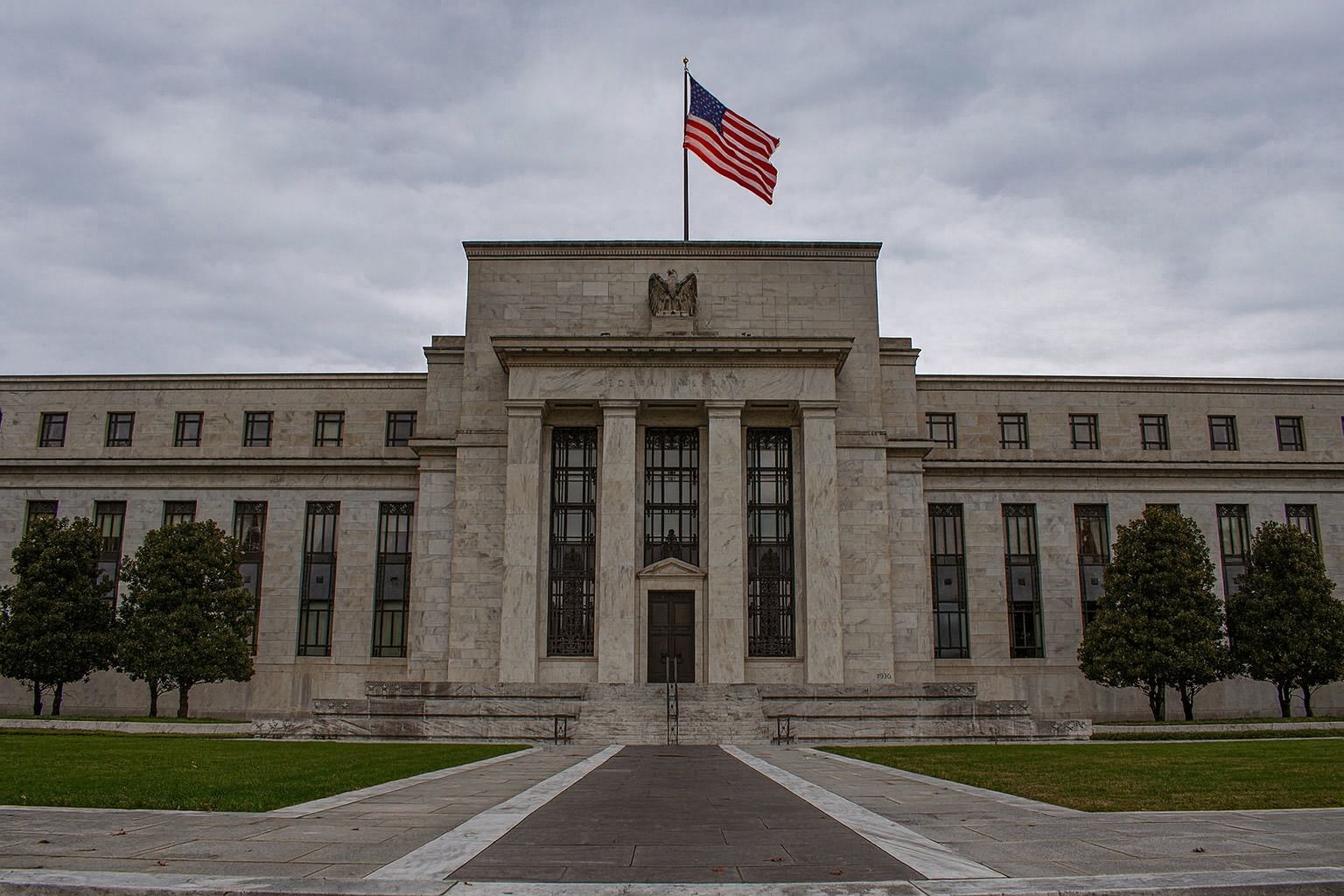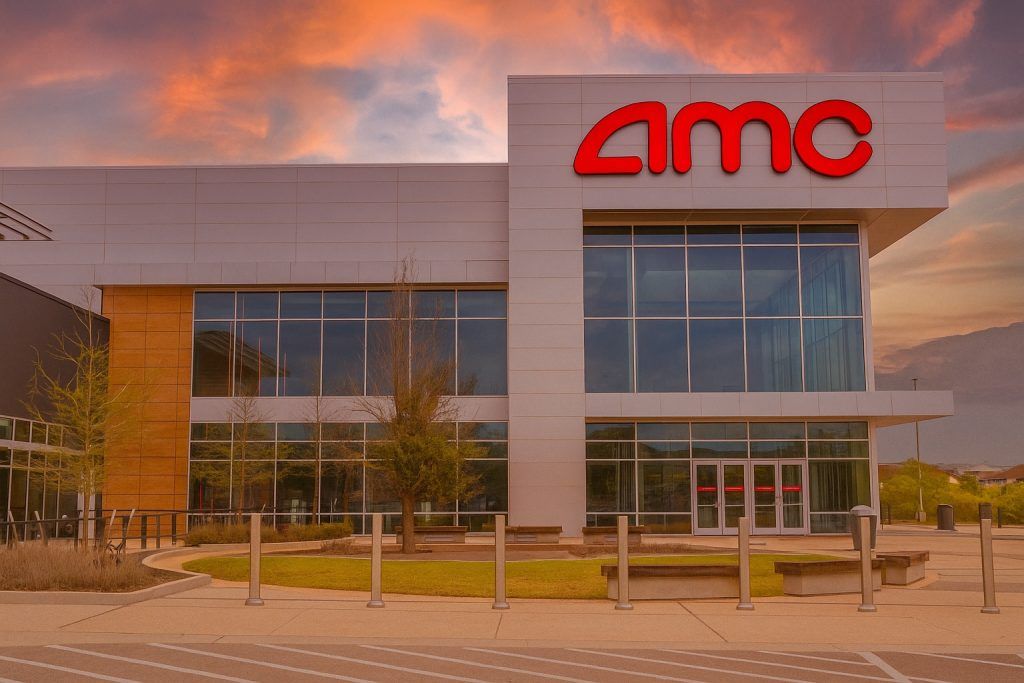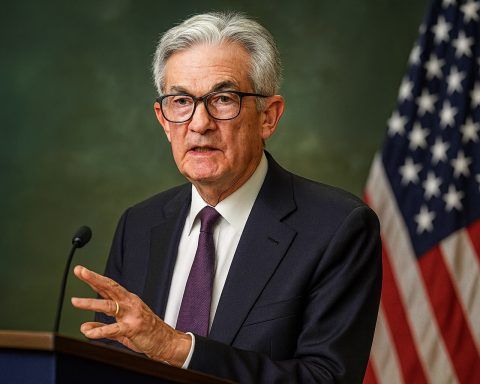Published: November 6, 2025
Key takeaways
- What happened: U.S. banks tapped the Federal Reserve’s Standing Repo Facility (SRF) at a record $50.35 billion on Friday, Oct. 31, amid month‑end funding pressures—by far the highest daily usage since the tool launched in 2021. [1]
- Follow‑through: SRF take‑up was $22.0B on Monday (Nov. 3), $4.8B on Tuesday (Nov. 4), and near zero on Wednesday (Nov. 5)—evidence the spike was largely calendar‑driven and is easing. (Breakdown: Treasuries + MBS via New York Fed data relayed on FRED.) [2]
- Policy backdrop: On Oct. 29, the Fed said it will end balance‑sheet runoff (QT) on Dec. 1 and reinvest MBS paydowns into Treasury bills, a shift aimed at stabilizing money markets as bank reserves have fallen to about $2.85 trillion (week ended Oct. 29). [3]
- Why it’s not QE: These are overnight repos that reverse the next day; they are a backstop to cap funding‑rate spikes—not long‑term asset purchases. [4]
- About those “$125B in 5 days” headlines: Some outlets aggregated multiple repo operations across collateral types and days to claim ~$125B. Official daily totals from the NY Fed (via FRED) for Oct. 30–Nov. 5 add up to ~$83.4B in overnight liquidity (Treasuries + MBS), and the largest one‑day injection was Oct. 31’s $50.35B. [5]
What changed today (Nov. 6)
As of Wednesday, Nov. 5 (the latest consolidated data), SRF usage collapsed to ~$82 million—split roughly $43 million Treasuries and $39 million MBS—after the early‑week spike. That sharp slowdown corroborates the view that month‑end frictions were the primary driver, not a sustained funding seizure. [6]
Separately, the Fed’s Oct. 29 policy shift—to stop QT on Dec. 1 and to reinvest MBS into T‑bills—continues to shape expectations that money‑market stress should gradually ease into year‑end as reserves stabilize. [7]
How we got here: A quick timeline
- Oct. 29: SRF usage hit a then‑record as policymakers signaled QT was near its end; the FOMC also cut the policy rate 25 bps to 3.75%–4.00%. [8]
- Oct. 31:Record $50.35B borrowed at the SRF (two ops in one day), while cash also flowed into the Fed’s reverse repo facility—classic month‑end balance‑sheet effects. [9]
- Nov. 3–5: SRF take‑up fell to $22.0B → $4.8B → ~$0.08B, respectively (sum of Treasury and MBS overnight repos), underscoring normalization after the calendar turn. [10]
What the SRF is—and isn’t
The Standing Repo Facility offers overnight cash against high‑quality collateral (U.S. Treasuries, agency debt, agency MBS) at a backstop rate. It is designed to be used on stress dates so the Fed maintains control of short‑term rates without swelling the balance sheet via long‑lived assets. That’s why large SRF prints unwind the next day when the cash returns and the collateral goes back to banks. This is not QE. [11]
Is there a credit crunch brewing?
Coverage from multiple outlets framed the late‑October spike as the Fed “pumping billions” to avert a crunch. The record Oct. 31 SRF tap and the Fed’s QT pivot indeed signaled tightening liquidity—but the rapid fade in repo demand suggests pressures were acute but transitory. Analysts and officials have long said the SRF should light up on stress dates and then go quiet—which is what just happened. [12]
About the “$125B in 5 days” narrative
An Economic Times piece popularized the “$125 billion” figure by summing multiple repo operations across several days and collateral types. Official NY Fed/FRED time series show a more grounded picture:
- Oct. 30: ~$6.2B (Treasury $5.0B + MBS $1.2B)
- Oct. 31:$50.35B (Treasury $29.4B + MBS $20.95B)
- Nov. 3:$22.0B (Treasury $7.75B + MBS $14.25B)
- Nov. 4:$4.80B (Treasury $3.401B + MBS $1.401B)
- Nov. 5:~$0.08B (Treasury $0.043B + MBS $0.039B)
Cumulative (Oct. 30–Nov. 5): ~$83.4B, not $125B. The single‑day record remains $50.35B on Oct. 31. (Sources: FRED/NY Fed; Reuters.) [13]
Why the discrepancy? Some aggregations appear to include overlapping windows, different collateral categories, or interpret reverse repo flows (which drain reserves) as injections. The Fed’s own daily repo prints are the cleanest ledger for how much cash was temporarily added. [14]
What the Fed changed—and why it matters
- QT ends Dec. 1; MBS paydowns to T‑bills: The Fed will roll Treasuries and redirect MBS proceeds to bills, a setup that typically relieves pressure in funding markets by reducing net Treasury duration supply and better aligning the portfolio with reserve‑management goals. [15]
- Reserves near “ample” floor:Bank reserves have slid to about $2.85T (week ended Oct. 29), a four‑year low, which helps explain why funding rates have flirted with Fed backstops and why the SRF has finally been used as designed. [16]
What to watch next
- Today’s H.4.1 update (Thu, Nov. 6) for the next read on reserve balances and the balance sheet. A stabilization—or rise—would confirm the QT pivot is easing pressures. [17]
- Daily SRF results (morning and afternoon windows) and the SOFR fixings into mid‑November; year‑end can also bring seasonal stress. [18]
- Treasury bill issuance and TGA balance dynamics, which influence how much cash sits in the private sector vs. at the Fed. [19]
FAQ
Is the Fed “bailing out” banks?
No. The SRF is a pre‑set, priced‑backstop that any approved counterparty can use. It adds overnight cash against top‑tier collateral and reverses the next day. That’s very different from emergency credit or bond‑buying programs. [20]
Why did usage spike at month‑end?
Regulatory reporting, settlements, and balance‑sheet window‑dressing can compress balance‑sheet capacity at month‑ and quarter‑ends, lifting repo rates and making the SRF economical. Friday’s record usage reflected exactly that pattern. [21]
Does ending QT mean QE is back?
No. The Fed is stopping the runoff and reinvesting, not expanding holdings yet. Officials signaled balance‑sheet growth may resume in 2026 mainly to keep reserves ample, not to stimulate demand like classic QE. [22]
Additional data references used in this article:
- NY Fed/FRED—Overnight repo totals (Treasuries): shows $29.4B on Oct. 31; $7.75B Nov. 3; $3.401B Nov. 4; $0.043B Nov. 5. [23]
- NY Fed/FRED—Overnight repo totals (MBS): shows $20.95B on Oct. 31; $14.25B Nov. 3; $1.401B Nov. 4; $0.039B Nov. 5. [24]
- Bank reserves (week ended Oct. 29):$2.848T. [25]
- ABC News explainer on the Fed’s recent repo surge and QT pivot. [26]
Editorial note on methodology
We verified daily SRF/OMO amounts using the New York Fed’s operations data (as relayed on FRED) and cross‑checked the record $50.35B with Reuters. Where third‑party headlines implied larger aggregates (e.g., “$125B in five days”), we reconciled with the official time series above to ensure accuracy for Nov. 6, 2025. [27]
Tip for readers: A high SRF print one day doesn’t mean the Fed just “printed money.” Look for how quickly usage falls back—as it did this week—to see if stresses are episodic or systemic. [28]
References
1. www.reuters.com, 2. fred.stlouisfed.org, 3. www.reuters.com, 4. libertystreeteconomics.newyorkfed.org, 5. fred.stlouisfed.org, 6. fred.stlouisfed.org, 7. www.reuters.com, 8. www.reuters.com, 9. www.reuters.com, 10. fred.stlouisfed.org, 11. libertystreeteconomics.newyorkfed.org, 12. www.abc.net.au, 13. fred.stlouisfed.org, 14. fred.stlouisfed.org, 15. www.reuters.com, 16. fred.stlouisfed.org, 17. www.federalreserve.gov, 18. www.newyorkfed.org, 19. www.reuters.com, 20. libertystreeteconomics.newyorkfed.org, 21. www.reuters.com, 22. www.reuters.com, 23. fred.stlouisfed.org, 24. fred.stlouisfed.org, 25. fred.stlouisfed.org, 26. www.abc.net.au, 27. fred.stlouisfed.org, 28. libertystreeteconomics.newyorkfed.org




